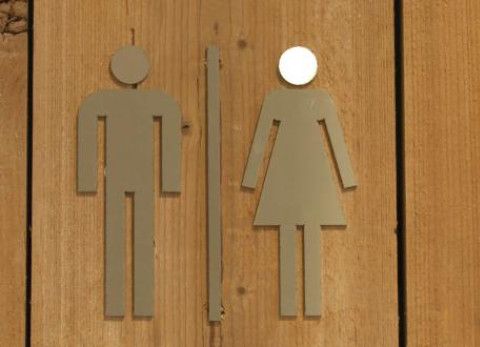Sustainable toilet use

Sustainable toilet use
An average toilet cistern has a 10-liter capacity. How can we prevent wasting all that water?
Why?
1) All living things need phosphorus to grow. That’s why it’s a key ingredient in fertilizer. Phosphorus enters our body through our food and is stored in our bones. But whenever we go to the toilet, substantial quantities of this valuable and irreplaceable element literally go down the drain with our urine and feces. They end up on the bottom of the ocean, where they are useless. Meanwhile in 80-200 years from now, world phosphorus reserves are expected to be completely depleted. What then?
2) We flush our toilets with precious drinking water. The average toilet cistern has a capacity of 10 liters. It’s a waste to let all that water simply go down the drain!
How?
- Vacuum toilets use up to 90% less water (and NIOO even uses groundwater for flushing).
- Anaerobic reactor for urine and feces produces biogas and effluent that is rich in phosphorus, nitrogen and potassium.
- Microalgae reactor & helophyte filter: microalgae and plants ‘eat’ the effluent, purifying the wastewater (together with layers of soil in the filter). Dried algae can be used for fertilizer. The nitrogen cycle is closed!
- Purified water may not be clean enough to drink, but it has the same quality as groundwater. The water cycle is closed!

